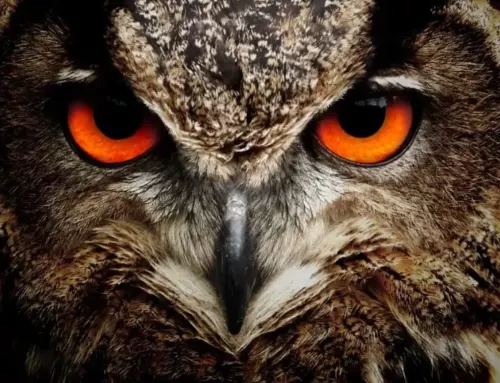Have you ever considered whether or not duck breeds would make a good addition to the homestead you currently live on? Perhaps you’d like to increase the size of your chicken farm, or you want to give it more character.
In this comprehensive guide to keeping ducks, we cover a wide range of topics related to duck breeds, such as how to care for ducks, which duck breeds are best for producing eggs and meat, and how ducks can be used to control organic pests.
In addition to that, we share some of the cutest photos of duck breeds that we could find. And a few of our most important pieces of advice for novice duck breeders and farmers.
How Do You Care for Ducks
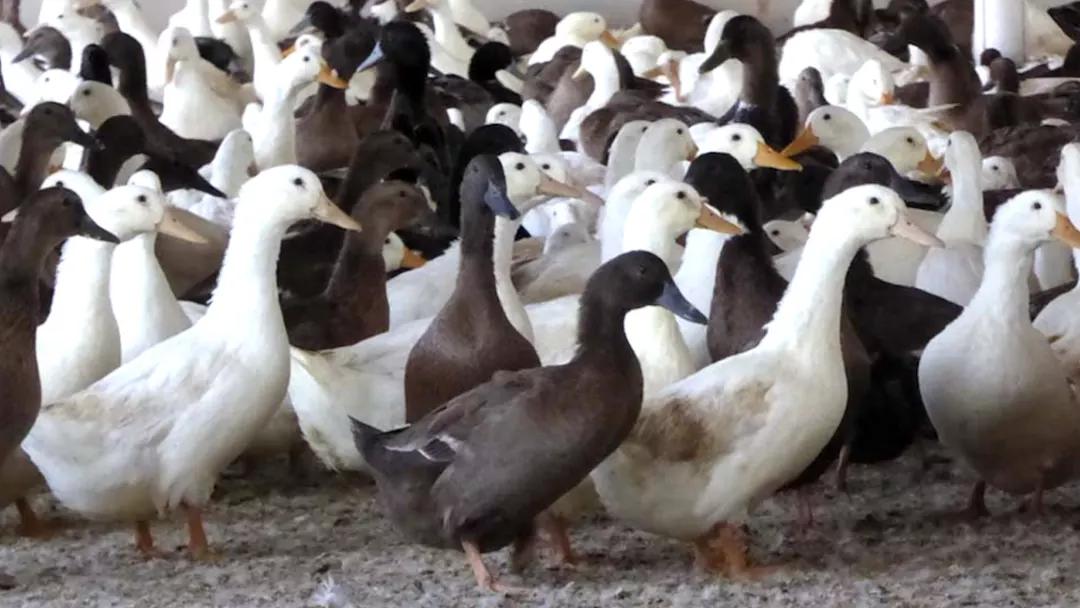
It’s just as fun to raise ducks as it is to raise chickens and quails. Sometimes – it’s even better. Ducks don’t need fancy places to live and do well in the wild. Ducks are also friendly, which is not always the case with chickens and turkeys. On small farms and homesteads, ducks are raised for their eggs and meat. They also help your homestead in a lot of other ways.
Ducks are waterfowl, which may seem like a given. Everything needs water. It’s not just for fun ducks need to put their faces underwater to keep themselves clean. Ducks don’t have tear ducts, so they use water to clean their eyes. Because of this, it’s very important that the water is clean.
People often think that you need a pond to keep ducks, but this isn’t always the case. Just one or two kiddie pools will do. Every day, it’s important to give your flock clean water. Mud is the result of ducks’ love affair with water.
Mud everywhere. Your bird friends are great at making mud. So buy some gumboots and be ready for things to get a little dirty. Below is the list of Types Of Ducks keep reading to find out more.
Types Of Ducks
Khaki Campbell Ducks
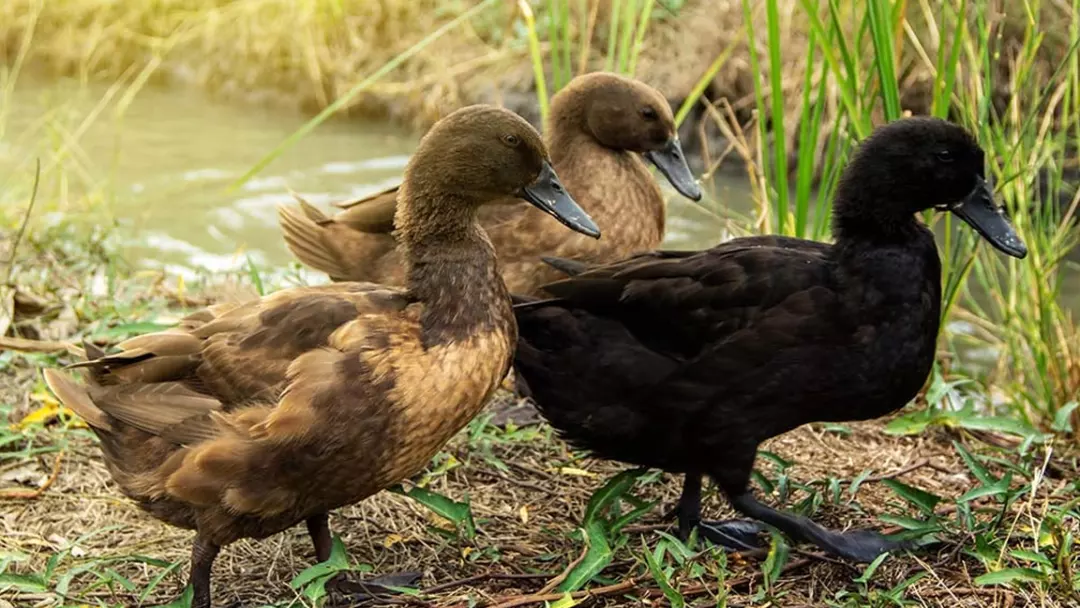
Khaki Campbells are the best ducks for small farms and people who live on their own land. This is why! They lay so many eggs it’s crazy, have great personalities, and are strong hunters. How many eggs do Khaki ducks lay? According to the best information we can find, Khakis lay about 300 eggs each year.
Adele Campbell made these ducks in 1901. They were named “khaki” after the color of the British soldiers’ uniforms during the Boer War. Khaki Campbells are well-known in the world of chickens because they lay an egg almost every day of the year, which is a lot.
Compared to other breeds, Khaki Campbells tend to be loud and jumpy, but they lay a lot of eggs and are good at finding food, so many farmers like them.
Ancona

Ancona ducks are gorgeous. And hardy! I was reading a really good article that was published in Washington State Magazine. In it, the author wrote about how the Ancona ducks that they kept preferred to sit in the snow rather than take a nap in their shelter. The cold-weather ducks have been the subject of previous reports from us. So, it shouldn’t come as a surprise to us!
The Ancona breed was considered to be at risk of extinction for a considerable amount of time. However, conservation efforts are paying off, and these birds have gone from being on the endangered species list to the rare bird category.
These ducks should absolutely be protected because of their value. The Ancona is one of the breeds with the friendliest personalities, and it makes a wonderful pet that also produces good layers and is a respectable meat bird.
Indian Runner Ducks

The Indian runner duck is deserving of a place near the top of our guide to the art of duck farming. They are well-known for the delicious and opulent eggs that they produce. And a great deal of them! Additionally, Indian Runner ducks have wonderful personalities and are very outgoing with people. The posture of Indian Runner ducks can be used to identify them. They are upright and walk in a vertical fashion.
Indian Runners can be recognized immediately by their tall, erect posture as well as their lean, lithe bodies. They are referred to as “penguin ducks” due to the peculiar appearance of their bodies, so the name stuck. They are masters at finding food in the wild!
They are swift birds that are able to effortlessly pursue and capture insects and slugs, as their name might suggest. Although they are beautiful on land, these birds are poor swimmers. You need to look no further than Indian Runners to find a companion plant for your garden that will also provide you with some eggs.
Domestic duck
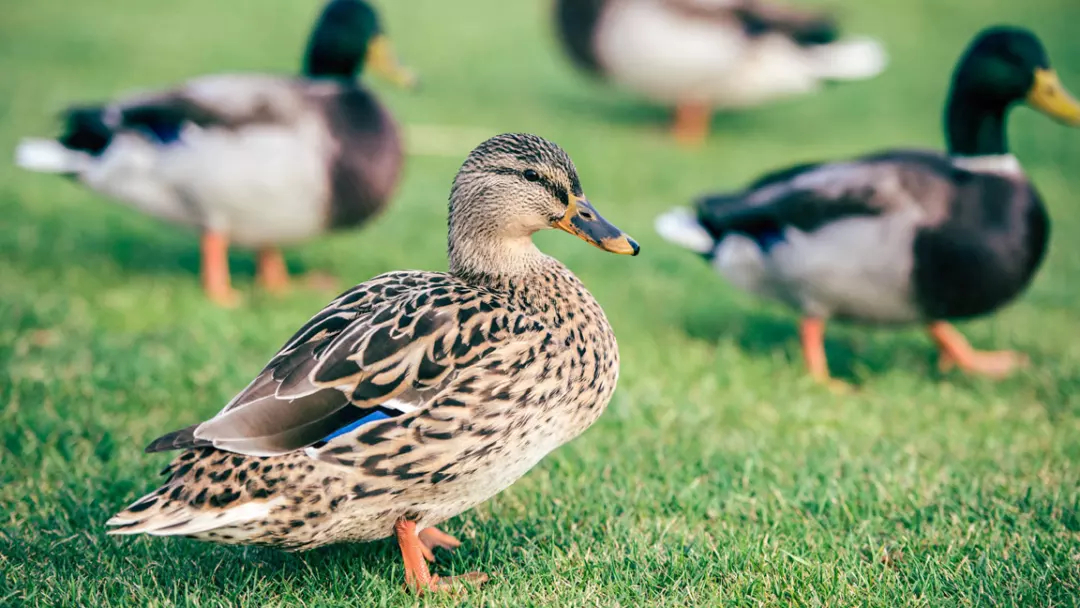
The domestic duck, also known as the mallard duck, is a domesticated subspecies of the mallard that is raised for its meat, eggs, and down feathers. Its scientific name is Anas platyrhynchos domesticus. Some are kept for exhibit, others are kept as companion animals, and still, others are kept for their aesthetic value. The Mallard is the domesticated duck most closely related to other duck species. One notable exception is the domestic Muscovy duck, also known as Cairina moschata.
Aylesbury Duck
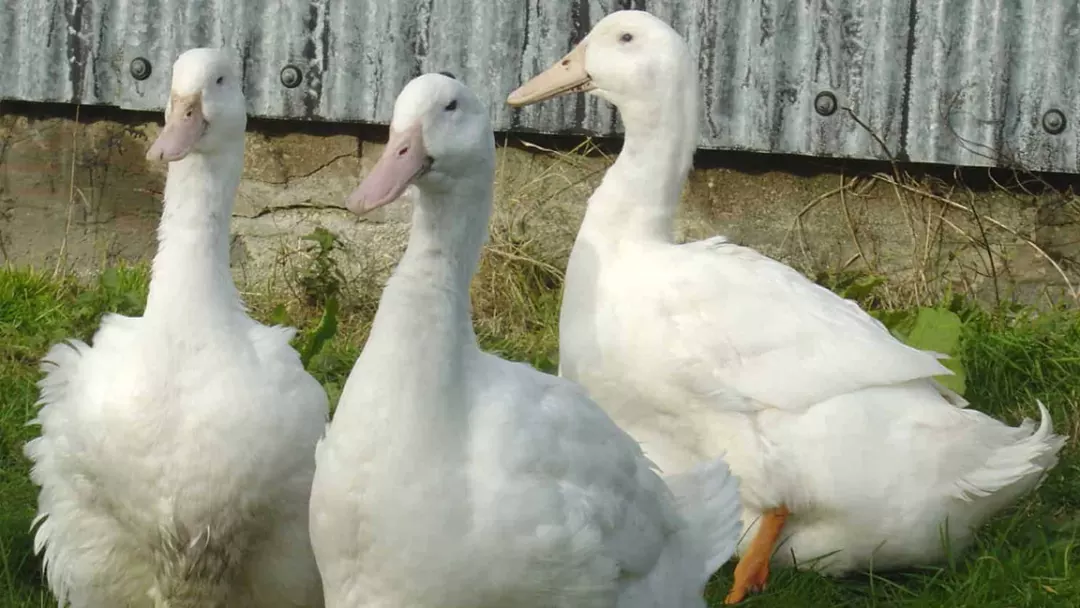
These ducks make for a stunning display. The meat of these animals is prized for its quality, and they also stand tall in appearance. They stoop rather than soar, though. Unlike their Indian Runner Duck counterparts, Aylesbury ducks have horizontally aligned bodies when standing.
They take only eight weeks to reach eight pounds, but Aylesbury ducks can reach that weight. Their feathers were frequently used in quilts, which explains their name, which comes from a small town in England.
They say the Aylesbury duck has more flavor than the Pekin. You can buy Pekin ducklings at Tractor Supply. In the United States, Aylesbury ducks have a critical threat assessment. In the interest of conservation, raising Aylesbury ducks is a viable option for adding to the population.
Pekin

The Pekin duck has faded into obscurity, but who can forget it? Without them, our duck-raising manual would be incomplete. We’ve learned that Pekin ducks, which originated in China, were brought to America (Long Island) in 1873 and have since spread across the country. This is why many of our rural pals refer to Pekin ducks as “Long Island Ducks.” They are commonly known as White Pekin ducks among farmers. To put it another way, Pekin ducks are stunningly lovely.
Although American pekin ducks were originally bred in China, they now account for 90% of all duck meat sold in North America. This means that if you’re from the North American continent, you’re probably most familiar with the flavor of Pekin duck.
As you might expect from birds of this size, their eggs are also on the larger side. At Tractor Supply, you can get little Pekin ducks for your farm. American pekin are less susceptible to disease and illness, and their immune systems are widely praised for this. Because of their sociable nature, they make excellent pets.
You should know that Pekins are not good brooders, so you will likely need an incubator (like this one) if you intend to breed these birds.
Balancing Duck and Drake Populations
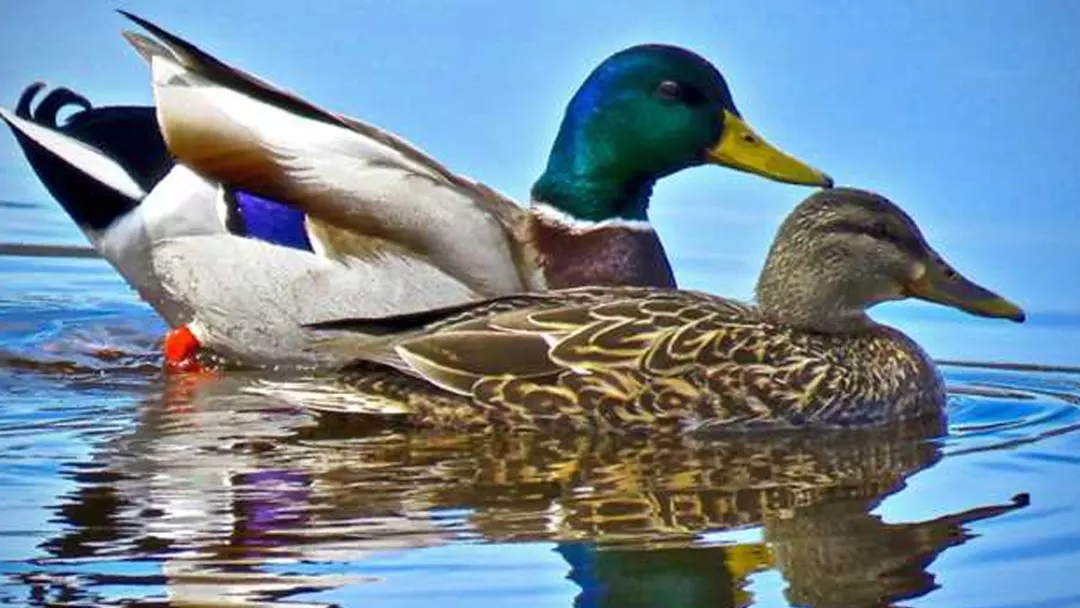
Drakes is the common name for male ducks. It’s common to refer to females as ducks or hens. Reduce the number of drakes in your flock as you expand it. Drakes are notoriously aggressive when it comes to mating, especially with females.
One drake for every five to six hens is a good rule of thumb, though this can vary with breed. There is a tendency for sibling drakes to get along better if you decide to keep more than one. It is common to practice for some farmers to maintain two flocks, one for males and one for females. Maybe you’re not sure if you actually need a drake.
Probably not if keeping ducks as pets or for egg production is not your primary motivation. As opposed to roosters, drakes will not defend their flock if they are threatened. Yes, a drake would be a very useful addition to your flock if you intend to hatch more ducklings or raise birds for meat.
When buying a “straight run” of chicks, in which the gender of each duckling is unknown, most people unintentionally end up with drakes. Drakes can also be encountered by those who incubate their own eggs. The surplus of drakes can be used for food or sold to pet stores.

